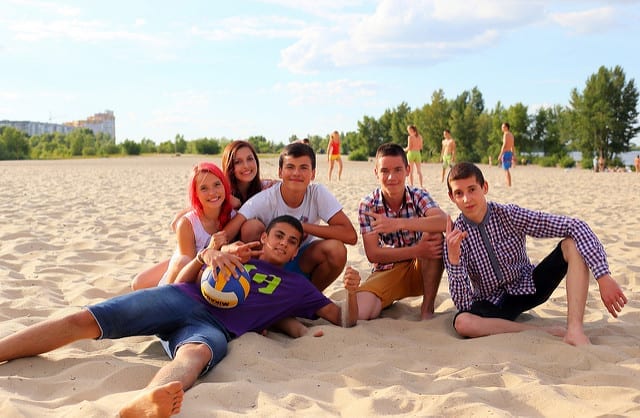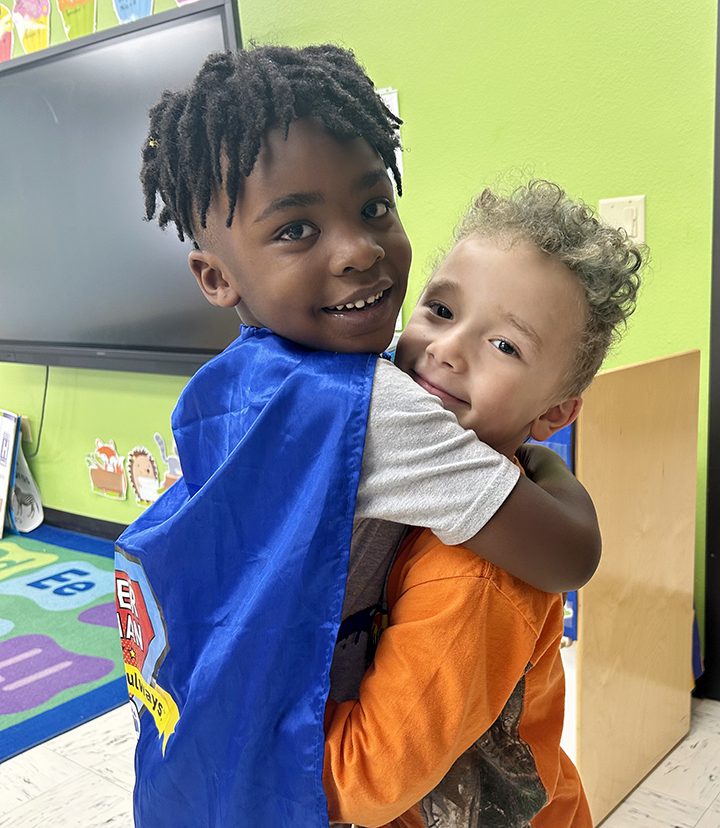3 Ways to Help Teens Make Good Decisions
January 23, 2018
This article explores the reasons that teens engage in risky behavior, and how a Social-Emotional learning program can help them make better decisions.
Earlier this year, media outlets began reporting a dangerous new fad among teens: eating Tide pods.
Consuming highly-concentrated packets of poisonous detergent has never been a good idea, as those unfortunates who participated in the viral “Tide Pod Challenge” soon discovered. A rash of hospitalizations for nausea, breathing difficulty, and loss of consciousness quickly ensued.
The Tide Pod Challenge raises anew a question educators and parents have been asking for years.
 Why do teens engage in risky behaviors?
Why do teens engage in risky behaviors?
The answer to this question has much to do with teens’ neurological development.
They are simply hard-wired for taking chances.
At this stage in their lives, they are unable to fully understand the consequences of their actions.
This simple biological fact has important ramifications for how we teach teens to make decisions. We can’t expect them to think through all the consequences for themselves. Rather, we have to give them structures to help them explore their decisions and learn from their mistakes.
Social-Emotional Learning helps teens make better choices
In putting together Respectful Ways curriculum for teens called Own Your Actions, we encourage students to use the following framework to make their own choices.
- What does this decision say about what you think is important?
Our choices say a lot about what matters to us. Helping teens see that their decisions communicate what they think is important can get them to make their actions conform to their values.
- Will making decisions like this on a regular basis make me the kind of person I want to become?
Aristotle claims, “We are what we repeatedly do.” As they start to form their own identities, students need to make the connection between their habits and their character. If they’re doing certain things regularly, what kind of people will that make them? Something they like, or something they’d like to change? Connecting their actions with their personality is another way to help them make decisions they’ll take pride in.
- What help or harm will this decision bring me?
Few students would have taken the Tide Pod Challenge had they taken a moment to weigh the likely outcomes of their decision. The discipline of a simple cost-benefit analysis is an effective antidote to excessive risk-taking.
 Neurobiology, facilitated by social media, ensures that the Tide Pod Challenge won’t be the last dangerous fad to go viral among teens. Giving students some simple questions to ask themselves before taking up such challenges can help protect your students from trips to the emergency room and other hazards.
Neurobiology, facilitated by social media, ensures that the Tide Pod Challenge won’t be the last dangerous fad to go viral among teens. Giving students some simple questions to ask themselves before taking up such challenges can help protect your students from trips to the emergency room and other hazards.
Author: Ryan Woods, RW Contributor
The Respectful Ways curriculum produced for Middle and High School students uses pop culture trends and interactive online programs to pique–and keep–their interest. If you’d like to see online Social-Emotional learning (SEL) curriculum in your school, take a look around our site and email Pam@RespectfulWays.com!
This entry was posted in Grades 6-12, SEL News and tagged character education, sel, teens. Bookmark the permalink.


 Our 1st graders loved the Be Kind: It Feels Good course. The Kindness Hunt and bucket filling activities were the best. Very engaging.
Our 1st graders loved the Be Kind: It Feels Good course. The Kindness Hunt and bucket filling activities were the best. Very engaging. The Bored, Get Creative module was perfect for our 4th graders pre-winter break. We talked about things they could do if “bored”.
The Bored, Get Creative module was perfect for our 4th graders pre-winter break. We talked about things they could do if “bored”.